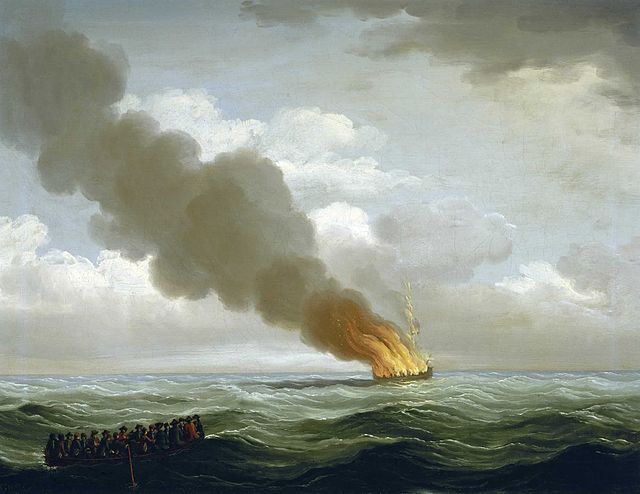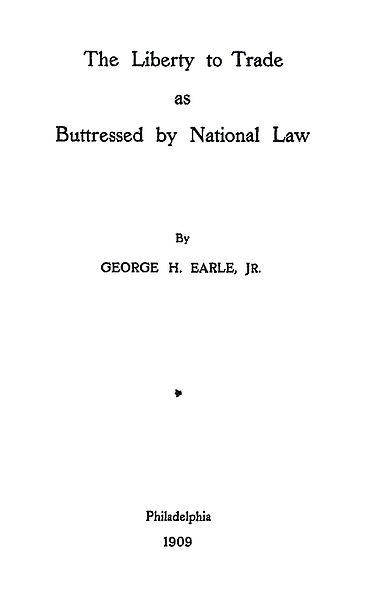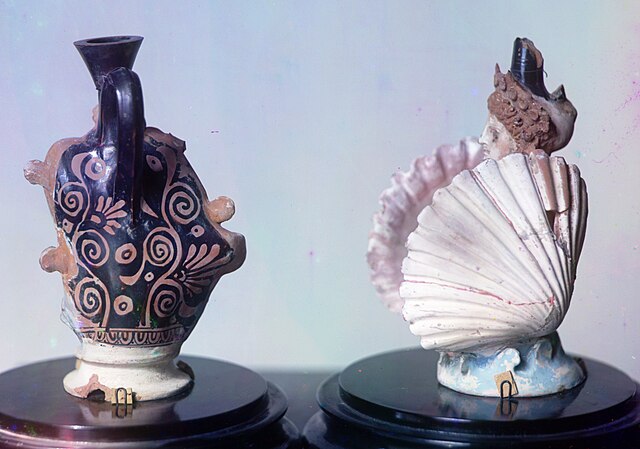Triangular trade or triangle trade is trade between three ports or regions. Triangular trade usually evolves when a region has export commodities that are not required in the region from which its major imports come. It has been used to offset trade imbalances between different regions.
Depiction of the triangular trade of slaves, sugar, and rum with New England instead of Europe as the third corner
Slaves embarked to America from 1450 until 1800 by country[citation needed]
The loss of the slave ship Luxborough Galley in 1727 ("I.C. 1760"), lost in the last leg of the triangular trade, between the Caribbean and Britain.
Trade involves the transfer of goods and services from one person or entity to another, often in exchange for money. Economists refer to a system or network that allows trade as a market.
The San Juan de Dios Market in Guadalajara, Jalisco
The Liberty to Trade as Buttressed by National Law (1909) by George Howard Earle, Jr.
A busy market in Mile 12. Lagos - Nigeria
Ancient Etruscan "aryballoi" terracota vessels unearthed in the 1860s at Bolshaya Bliznitsa tumulus near Phanagoria, South Russia (formerly part of the Bosporan Kingdom of Cimmerian Bosporus, present-day Taman Peninsula); on exhibit at the Hermitage Museum in Saint Petersburg


![Slaves embarked to America from 1450 until 1800 by country[citation needed]](https://upload.wikimedia.org/wikipedia/commons/thumb/d/d6/Slaves_embarked_to_America_from_1450_until_1800_by_country.jpg/640px-Slaves_embarked_to_America_from_1450_until_1800_by_country.jpg)




